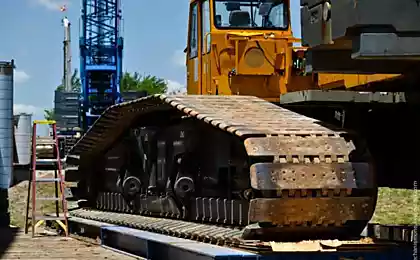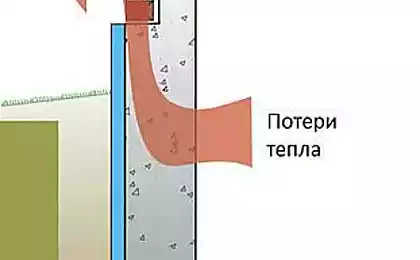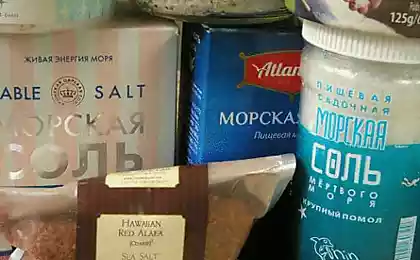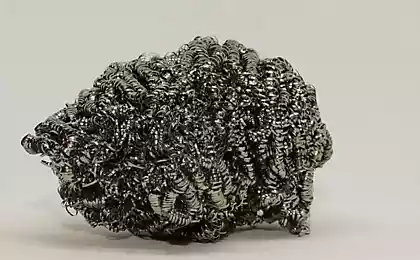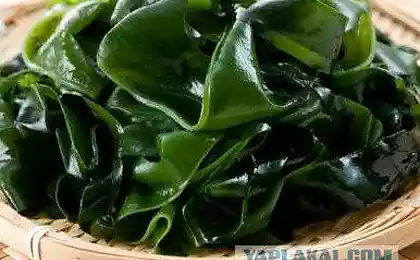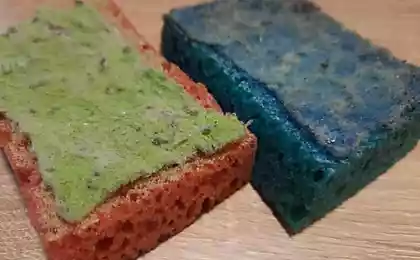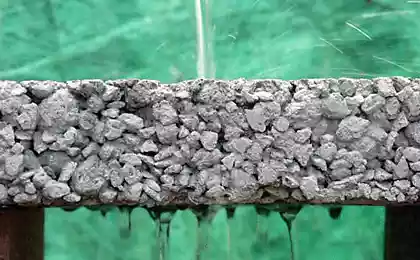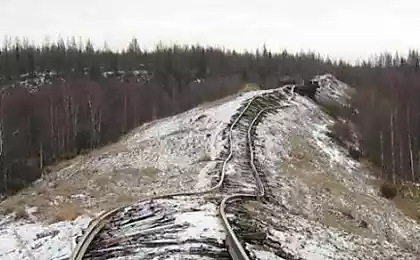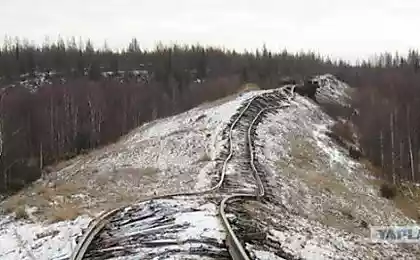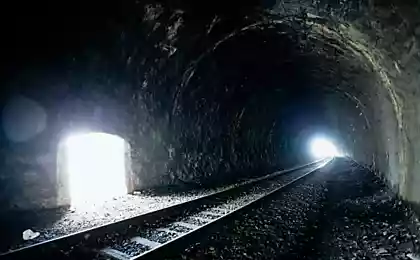463
Natural objects will help create a more durable concrete
Researchers from the Massachusetts Institute of technology (MIT) hope to rebuild the concrete, following natural patterns. Based on their observations of natural solid structures such as bones, shells and deep-sea sponges, the team proposed a bottom-up approach to the design of the cement paste, the binder ingredient in concrete, which requires huge amounts of energy for production.
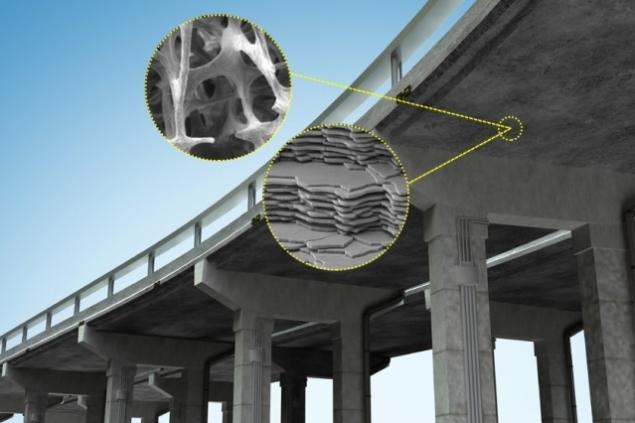
"These materials are assembled from simple components, arranged in complex geometric configurations that interesting to watch. We want to see what types of micromachines exist within them, and provide such excellent properties. Then we can apply a similar multi-pronged approach to concrete," – said the scientists.The strength and durability of concrete depends in part on its internal structure and configuration of the pores – the more friable a material is, the more it is prone to cracking. However, there are no methods to precisely control the internal structure of concrete and its General properties.
"We are dealing with molecules, on the one hand, and creating structures in the order of kilometers in length, on the other hand," added the researchers.To begin to understand this relationship, scientists studied biological materials and compared their structure and behavior at nano-, micro - and macro scales with cement paste.
During this study they found that onion-like structure of the silica layers at deep-sea sponge provides a mechanism to prevent cracks. The pearl location of minerals occurs according to the "brick and mortar", which creates a strong bond between the layers, making the material extremely tough.
Using the information obtained in the study of biological materials and knowledge based on the existing design process of the cement paste, the team has developed a common methodology for engineers to create cement by bottom-up approach.
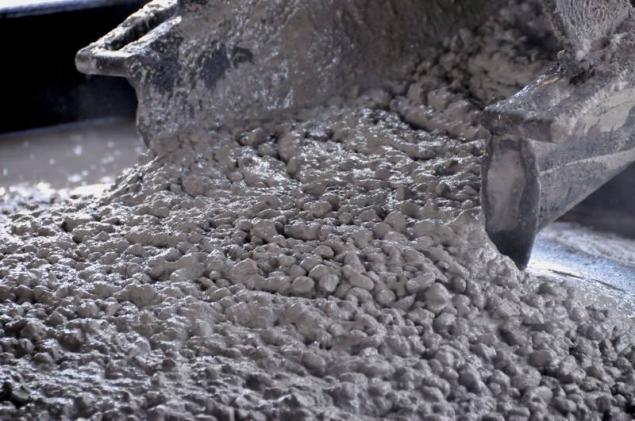
The methodology is basically a set of guiding principles that engineers can follow in order to understand how certain additives or ingredients will affect the overall strength and durability of cement. The engineers could then incorporate these measurements in the model long-term behavior of concrete. These calculations can be tested using conventional compression experiments on real samples “biodegrading” of concrete.
"Merger theory of computing, new synthesis and methods of characterization helped to create an approach that is likely to change the method of production of concrete is forever," say the researchers. – "This can lead to the creation of more durable roads, bridges, buildings and to reduce carbon emissions."published
P. S. And remember, only by changing their consumption — together we change the world! ©
Source: www.nanonewsnet.ru/news/2016/materialov-prirodnye-obekty-pomogut-sozdat-bolee-prochnyi-beton

"These materials are assembled from simple components, arranged in complex geometric configurations that interesting to watch. We want to see what types of micromachines exist within them, and provide such excellent properties. Then we can apply a similar multi-pronged approach to concrete," – said the scientists.The strength and durability of concrete depends in part on its internal structure and configuration of the pores – the more friable a material is, the more it is prone to cracking. However, there are no methods to precisely control the internal structure of concrete and its General properties.
"We are dealing with molecules, on the one hand, and creating structures in the order of kilometers in length, on the other hand," added the researchers.To begin to understand this relationship, scientists studied biological materials and compared their structure and behavior at nano-, micro - and macro scales with cement paste.
During this study they found that onion-like structure of the silica layers at deep-sea sponge provides a mechanism to prevent cracks. The pearl location of minerals occurs according to the "brick and mortar", which creates a strong bond between the layers, making the material extremely tough.
Using the information obtained in the study of biological materials and knowledge based on the existing design process of the cement paste, the team has developed a common methodology for engineers to create cement by bottom-up approach.

The methodology is basically a set of guiding principles that engineers can follow in order to understand how certain additives or ingredients will affect the overall strength and durability of cement. The engineers could then incorporate these measurements in the model long-term behavior of concrete. These calculations can be tested using conventional compression experiments on real samples “biodegrading” of concrete.
"Merger theory of computing, new synthesis and methods of characterization helped to create an approach that is likely to change the method of production of concrete is forever," say the researchers. – "This can lead to the creation of more durable roads, bridges, buildings and to reduce carbon emissions."published
P. S. And remember, only by changing their consumption — together we change the world! ©
Source: www.nanonewsnet.ru/news/2016/materialov-prirodnye-obekty-pomogut-sozdat-bolee-prochnyi-beton
